Turning Negative Emotions into Positives
Turning Negative Emotions into Positives
 Al Galves, Ph.D.
Al Galves, Ph.D.
What are the negative emotions?
Anger
Jealousy
Fear
Guilt
Sadness
Anxiety
Others?
Why do we think they are negative?
They aren’t comfortable.
It’s interesting to wonder about why these important feelings are uncomfortable. Perhaps it is because we need to be motivated to do something about the concerns that are causing them.
They are associated with behavior that is dangerous.
It’s important to make a distinction between the emotion and behaviors that are associated with the emotion. All emotions are valid, OK and potentially useful. But the behavior that results from emotions can be either helpful or dangerous and hurtful.
They can make us sick.
When these emotions are stuffed and repressed, they go inside, put a strain on the body, impair the immune system and cause sickness.
What evidence is there that these emotions are useful?
Evolution or Creation
Whether you believe in evolution or creation, there is evidence that the “negative” emotions are beneficial and useful. If you believe in evolution, you understand that the human organism has been evolving over the past 30 million years. Any faculty or state of being that wasn’t useful and didn’t have survival value would have been wiped out long ago by the process of natural selection. If you believe in creationism, why would God have given us a faculty or state of being that wasn’t somehow useful?
Research
Antonio Damasio
In his book Descarte’s Error, Antonio Damasio describes his study of people who, due to lesions on their amygdalas, were unable to experience emotions. He found that such persons were unable to make good use of their reasoning abilities. Unable to feel bad, they couldn’t learn from mistakes. For example, they would see a stock they owned going down in value but wouldn’t feel bad about it so wouldn’t sell it.
James Pennebaker
People who write about the most traumatic experiences of their lives have better immune system functioning and are healthier than people who write about impersonal topics.
Method Actors
The immune systems of actors function better while they are experiencing emotions and it doesn’t make any difference if the emotions are “positive” or “negative”.
Medical students
Medical students included in the “Bland-No emotions” group were 16 times more likely to contract cancer than those in the “Acting out” group.
Joseph Ledoux
Signals that are received through the eyes, ears, nose and skin pass through the amygdala (the part of the brain which processes emotions) before they go to the neo-cortex (the part of the brain which processes thinking, problem solving and analyzing), evidence that the human organism is “designed” to enable the emotional processing and reasoning faculties to work together.
How are these “negative” emotions useful?
Five basic ways in which they are useful:
They tell us what’s important, what we care about, what we like, what we don’t like, what we are afraid of, what we want to get rid of.
They help us get clear about our values.
They help us make decisions.
They give us energy and motivation.
They help us understand other people and, therefore, to behave in better ways.
Following are some examples:
Anger: Anger tells us what we don’t like, what we want to get rid of, what is threatening us, what we want to overcome.
Jealousy: Jealousy tells us what we want and don’t have or what we have and don’t want to lose.
Fear: Fear tells us what we want to avoid, what we want to be careful about, what can hurt us, what we must protect ourselves against.
Sadness: Sadness tells us what is precious to us and what we want to nurture and protect in our lives.
Anxiety: Anxiety gives us the energy, the mental acuity and the stamina to do things that we want to do but which are going to be difficult and scary.
Guilt: Guilt tells us what we think is wrong, keeps us from doing things we think are wrong and enables us to make amends to persons we have wronged. It enables us to act in accordance with our moral code.
What do we have to do in order to use them?
1. Experience them.
We experience them in our bodies. We first get in touch with them through bodily sensations. What we have to do is let them in, sit with them, wait with them, let them work in us. Many of us have been told that these emotions are bad, that they can’t be trusted, that they only lead to no good. So, as soon as we begin to feel them, we find a way to avoid them. We get busy, we act out, we take drugs and alcohol, we escape. If we only would let them work in us for five minutes or so, we could take the first step to turning them into positives.
2. Find out what they are telling you. What is behind them? What are they about? What is the message?
This is easier said than done. It may take some time to get the message from the emotion. One thing that will help is to find a quiet place in which to sit. Sit in a comfortable position. Tell yourself that you are open to receiving whatever the message is. Take some time to relax, let the tension out of your body and allow yourself to receive whatever messages come up from inside of yourself.
Here are some other rules of thumb that may be useful in taking this step.
• Anything which gets in the way of you loving the way you want to love and working - expressing yourself and using your abilities - the way you want to work is going to cause one of these “negative” emotions.
• Welcome whatever thoughts come up. Even if they don’t make sense or seem to be coming out of left field, they may be the start of a useful insight. If they seem weird, ask them what they are doing there and what they have to tell you. Be open to answers.
• It is not necessary to push yourself hard at this point. It works better to relax and allow things to come to you – all by themselves – without you making it happen.
3. Take some action based on what you have learned or decide not to take action.
This may be the hard part. Since these emotions are usually about something which is bothering you or is in your way, something you want to get rid of or you want to confront, it may take some courage to take action. And since action will often involve confronting other people you will have to learn how to confront without making them defensive.
Here are some rules of thumb for taking action.
• If you are confronting another person, use the rules of assertiveness.
Describe what is going on for you, what you are noticing, how you are feeling using “I” instead of “You”.
Tell the person that you are having a problem with what is going on, that you don’t know what the solution is and that you’d like her or him to join with you in finding a solution.
Take responsibility for your feelings, your thoughts and your desires.
Say what you want – calmly and directly.
Don’t take responsibility for the other person’s feelings.
• If you are afraid, ask yourself what you are afraid of. When you get the answer, see if it is a fear that you can walk with, that you can manage without letting it stop you.
• Ask yourself what is the worst thing that can happen and see if you could live with that or somehow mitigate it.
• Be aware of the ways in which you habitually stop yourself from taking action. We often stop ourselves by saying things like:
"I don’t want to be petty."
"I’m afraid if I say something or do something, things will get worse."
"It’s not that important."
"I’ll just let things ride and see what happens."
"Who am I to think I should get what I want?"
"If I do what I want to do, they’re going to think I’m mean and nasty and not a nice person."
Check these thoughts out to see if they really make sense and if you want to let them stop you or not.
What if I don’t want to take action?
After experiencing the emotion and getting its message, you may decide not to take any action. If so, you need to find some way of discharging the energy that is in the emotion. Examples of how some people use this energy effectively is exercise, sports, creative activity, talking to friends, writing, playing music, and helping other people. Any activity which uses energy and is not harmful to self or others will work.
So what is the bottom line?
These so-called “negative” emotions are valid, beneficial and potentially useful. They tell you what is important to you and what you need to do in order to live more the way you want to live. If you want to use them, take the following steps:
1. Experience them. Let them in and let them work on you.
2. Learn from them. What are they telling you?
3. Take action based on them. If you decide not to take action, find a way of using the energy in them that is helpful to you and/or others.

 Thomas Scheff, Professor Emeritus, University of California, Santa Barbara, Department of Sociology
Thomas Scheff, Professor Emeritus, University of California, Santa Barbara, Department of Sociology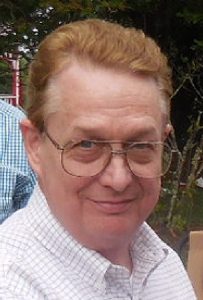 Wayne Ramsay, J.D.
Wayne Ramsay, J.D.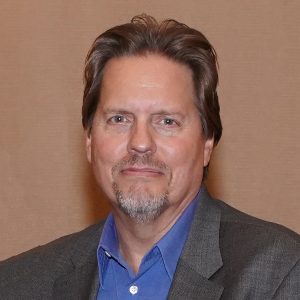 Don't Be Fooled By Fake News
Don't Be Fooled By Fake News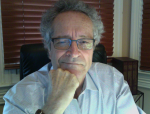
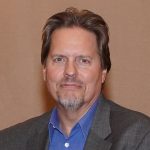
 R. L. Cima, Ph.D.
R. L. Cima, Ph.D.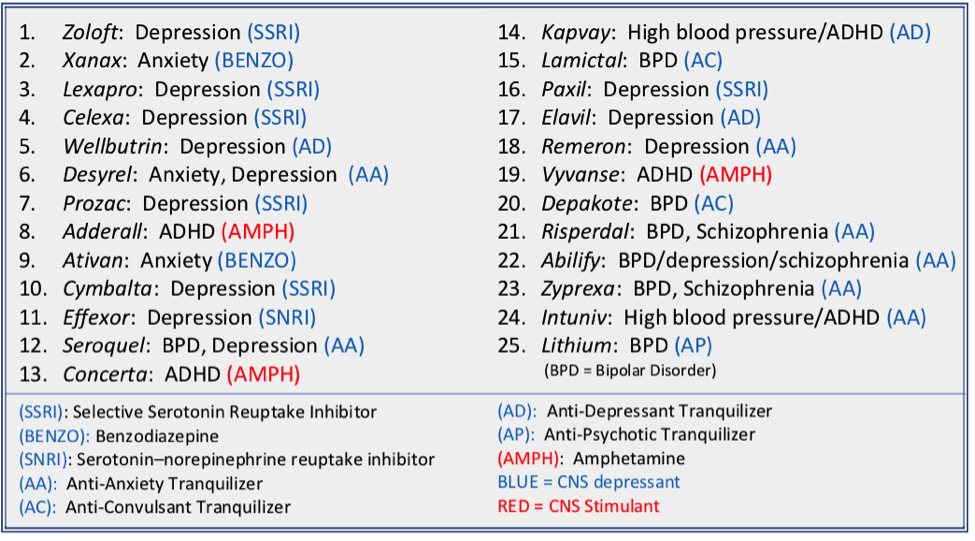
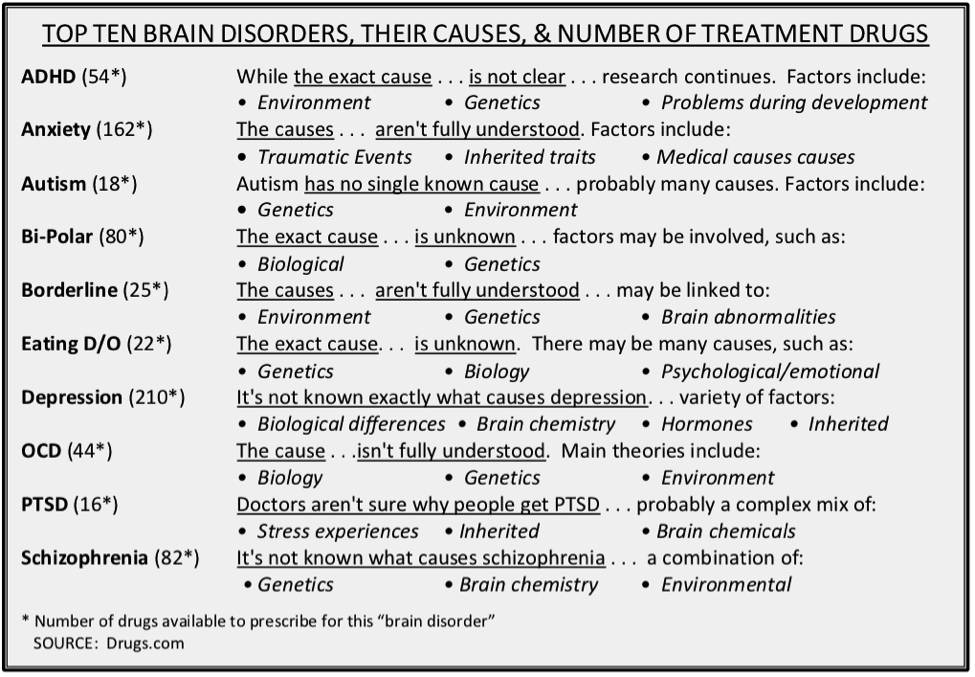
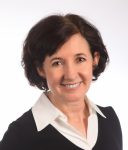
 Wayne Ramsay, J.D.
Wayne Ramsay, J.D.